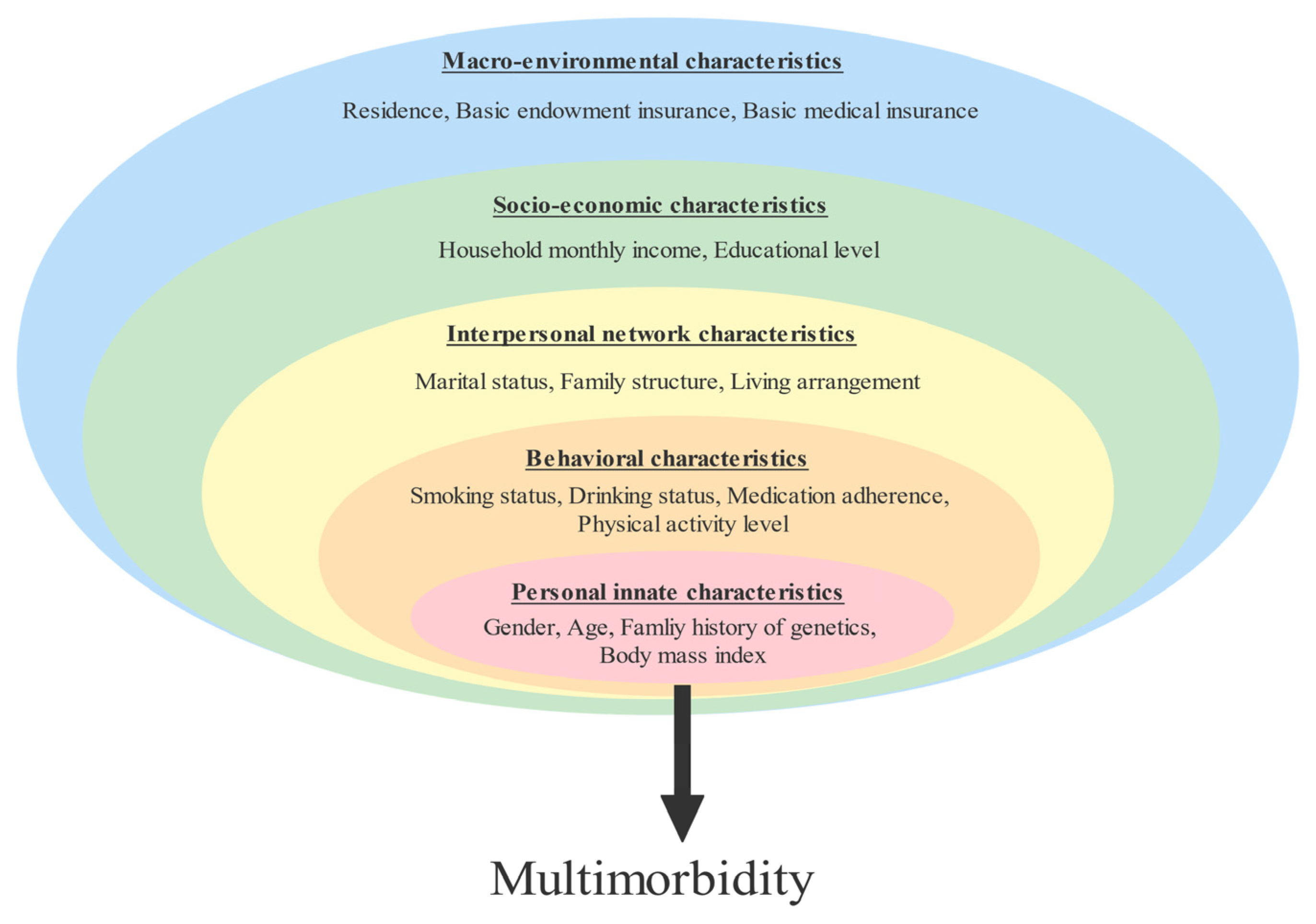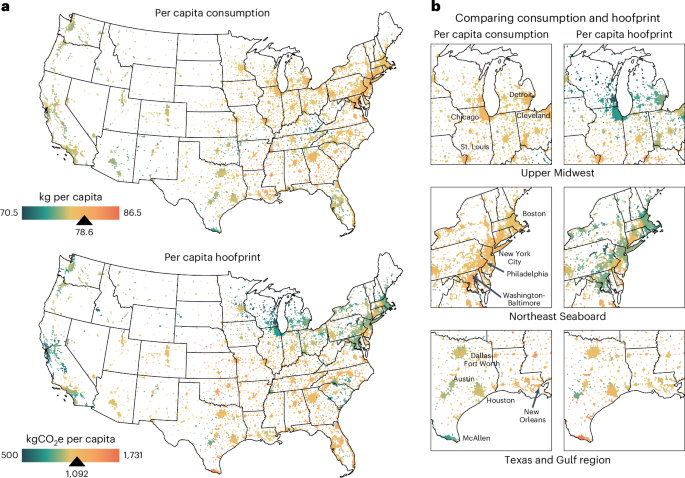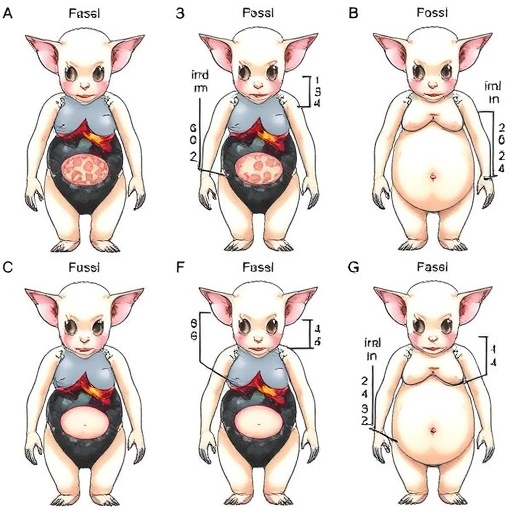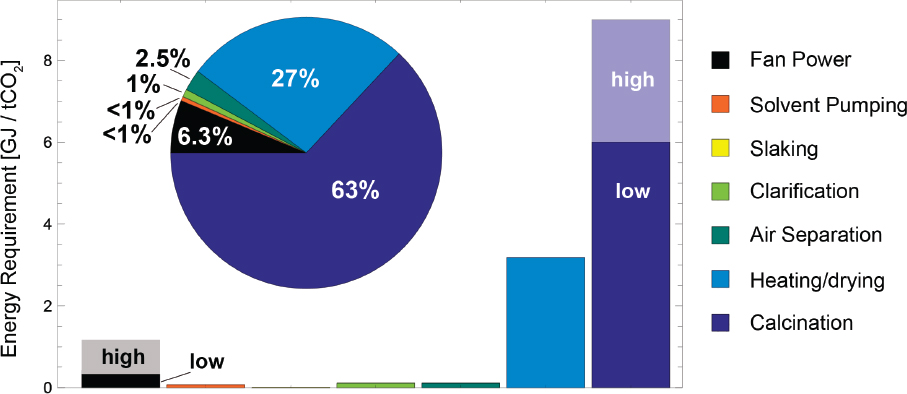Commerce launches statewide Washington State Zoning Atlas to support smarter planning – Washington State Department of Commerce (.gov)

Report on Washington State’s Housing Initiatives and Alignment with Sustainable Development Goals
This report outlines the strategic framework established by Washington State’s Growth Management Act (GMA) to address housing needs, with a significant focus on its alignment with the United Nations’ Sustainable Development Goals (SDGs). The GMA mandates that local jurisdictions integrate a comprehensive housing element into their plans, a directive that directly supports the achievement of several key SDGs.
The primary objectives of the GMA’s housing element are to:
- Ensure housing is planned for and accommodated for all economic segments, contributing to SDG 1 (No Poverty) and SDG 10 (Reduced Inequalities).
- Promote a variety of residential densities and housing types, fostering inclusive and sustainable urban development as outlined in SDG 11 (Sustainable Cities and Communities).
- Encourage the preservation of existing housing stock, a key component of sustainable resource management within communities (SDG 11).
Legislative Framework: House Bill 1220 and its Impact on Sustainable Development
The 2021 passage of House Bill 1220 significantly strengthened the GMA’s housing provisions, transitioning the mandate from merely “encouraging” to actively “planning for and accommodating” housing for all income levels. This legislative change represents a critical step toward implementing robust policies for sustainable and equitable urban development.
Core Mandates of HB 1220 Aligned with SDGs:
- Comprehensive Housing Planning: Jurisdictions must plan for sufficient land capacity to meet the housing needs of all population segments, including moderate, low, very low, and extremely low-income households, as well as providing for emergency and permanent supportive housing. This directly addresses the targets of SDG 1 and SDG 11.2 (provide access to safe, affordable, accessible and sustainable transport systems for all… with special attention to the needs of those in vulnerable situations).
- Promoting Housing Diversity: The bill requires provisions for moderate-density housing options within Urban Growth Areas (UGAs). This supports the creation of compact, inclusive, and resource-efficient cities, a core tenet of SDG 11.
- Addressing Systemic Inequality: A key requirement is to identify and rectify racially disparate impacts, displacement, and exclusion within housing policies. This mandate is a direct action toward achieving SDG 10 by promoting social inclusion and reducing inequality of outcome. It also involves establishing anti-displacement policies for at-risk areas.
Strategic Initiatives for Inclusive Housing Solutions
STEP Program: A Direct Response to Urgent Housing Needs
House Bill 1220 also requires jurisdictions to update regulations concerning emergency Shelters, Transitional housing, Emergency housing, and Permanent supportive housing (STEP). This initiative provides a critical safety net for the most vulnerable populations, directly contributing to the goals of SDG 1 (No Poverty) and SDG 11.1 (ensure access for all to adequate, safe and affordable housing and basic services). The Department of Commerce has developed a portfolio of guidance documents, model ordinances, and tools to assist local governments in implementing effective STEP planning.
CLIHP Grants: Financing Equitable Housing
The Coordinating Low-Income Housing Planning (CLIHP) grant program provides financial support for planning activities that accommodate housing for individuals and families earning less than 50 percent of the area median income. This program is a vital tool for realizing the ambitions of SDG 1 and SDG 10 by targeting resources to overcome economic barriers to adequate housing.
Resources for Equitable and Sustainable Implementation
To support local jurisdictions, the Department of Commerce provides a suite of resources designed to facilitate data-driven and equitable planning in line with SDG principles.
Data and Analysis for Reducing Inequalities (SDG 10)
To fulfill the mandate of addressing systemic inequities, the following resources are available:
- Racially Disparate Impact (RDI) Data Toolkit: This toolkit provides jurisdictions with foundational data to analyze and identify racially disparate impacts and exclusion in housing, enabling the development of policies that actively promote equity and inclusion.
- Statewide Displacement Risk Map: This tool helps local governments identify communities at higher risk of displacement, allowing for the proactive development of anti-displacement strategies as required by HB 1220.
Capacity Building and Technical Support
A series of webinars and trainings are offered to build local government capacity for implementing these updated housing requirements. Topics are designed to guide jurisdictions through the complex process of aligning their comprehensive plans with state law and the broader goals of sustainable development.
- Establishing Housing Targets (Housing Need Projections and Allocation)
- Updating Your Housing Element with HB 1220 (2021) Requirements
- Racially Disparate Impacts, Displacement and Exclusion in Housing
These resources collectively empower local governments to create more inclusive, equitable, and sustainable communities, turning the principles of the SDGs into tangible local action.
Analysis of Sustainable Development Goals in the Provided Article
1. Which SDGs are addressed or connected to the issues highlighted in the article?
-
SDG 1: No Poverty
The article connects to SDG 1 by addressing the housing needs of the most economically vulnerable populations. It mentions planning for housing for individuals and families “earning less than 50 percent of the area median income” and specific provisions for “low, very low and extremely low income” segments. The focus on “emergency shelters,” “transitional housing,” and “permanent supportive housing” directly relates to providing basic services for the poor and those in vulnerable situations.
-
SDG 10: Reduced Inequalities
The article strongly relates to SDG 10 by explicitly requiring local governments to address systemic inequalities in housing. House Bill 1220 mandates the identification of “racially disparate impacts, displacement and exclusion in housing policies and regulations” and taking steps to “undo those impacts.” The provision of a “Racially Disparate Impact (RDI) Data Toolkit” and a “statewide displacement risk map” are tools designed to help reduce these inequalities.
-
SDG 11: Sustainable Cities and Communities
This is the most central SDG in the article. The entire text revolves around the Growth Management Act (GMA), which guides how cities and counties plan for sustainable growth. The article details requirements for creating housing elements in comprehensive plans to “plan for and accommodate housing affordable to all economic segments of the population,” promote a “variety of residential densities and housing types,” and ensure “inclusive and sustainable urbanization” through structured planning and management.
2. What specific targets under those SDGs can be identified based on the article’s content?
-
Target 1.4: By 2030, ensure that all men and women, in particular the poor and the vulnerable, have equal rights to economic resources, as well as access to basic services…
- This target is addressed through the article’s focus on planning for housing for “low, very low and extremely low income” individuals and the provision of “emergency housing and permanent supportive housing.” These actions aim to ensure access to the basic service of shelter for vulnerable populations.
-
Target 10.2: By 2030, empower and promote the social, economic and political inclusion of all, irrespective of… race… or economic or other status.
- This target is reflected in the legal requirement for jurisdictions to “plan for and accommodate housing affordable to all economic segments of the population” and to identify and undo policies that lead to “exclusion in housing.”
-
Target 10.3: Ensure equal opportunity and reduce inequalities of outcome, including by eliminating discriminatory laws, policies and practices…
- The article directly addresses this by citing the requirement to identify “racially disparate impacts” in housing policies and establish “anti-displacement policies,” which are actions aimed at eliminating discriminatory practices and reducing inequalities of outcome.
-
Target 11.1: By 2030, ensure access for all to adequate, safe and affordable housing and basic services…
- This is the core focus of the article. The Growth Management Act’s housing goal is to “plan for and accommodate housing affordable to all economic segments.” The STEP program (shelters, transitional housing, emergency housing, permanent supportive housing) and the CLIHP grants are specific mechanisms to achieve this target.
-
Target 11.3: By 2030, enhance inclusive and sustainable urbanization and capacity for… integrated and sustainable human settlement planning and management…
- The article describes the entire framework for this target. The GMA requires cities and counties to create “a housing element in their comprehensive plans,” which is a direct form of integrated and sustainable settlement planning. The guidance from the Department of Commerce and the requirements of HB 1220 are designed to build local government capacity for this planning.
3. Are there any indicators mentioned or implied in the article that can be used to measure progress towards the identified targets?
- Housing availability by income level: The article specifies that planning must account for “moderate, low, very low and extremely low income” populations. An indicator would be the number of housing units planned for and made available to each of these economic segments.
- Provision of diverse housing types: Progress can be measured by the number and capacity of “emergency shelters, transitional housing, emergency housing, and permanent supportive housing (STEP)” facilities. Additionally, the increase in “moderate density housing options” such as “duplexes, triplexes and townhomes” serves as an indicator.
- Analysis and reduction of racial disparity: The article mentions a “RDI Data Toolkit.” An indicator would be the number of jurisdictions that have used this toolkit to complete an analysis of “racially disparate impacts.” A further indicator would be the number of “anti-displacement policies” established by these jurisdictions.
- Displacement risk measurement: The development and use of the “statewide displacement risk map” is an indicator itself. Data from this map can be used to track changes in displacement risk over time in different localities.
- Compliance with planning mandates: A key indicator is the number of cities and counties that have successfully updated their “housing element of their comprehensive plans” in compliance with the new requirements of House Bill 1220.
Summary of SDGs, Targets, and Indicators
| SDGs | Targets | Indicators |
|---|---|---|
| SDG 1: No Poverty | 1.4: Ensure access to basic services and economic resources for the poor and vulnerable. |
|
| SDG 10: Reduced Inequalities |
10.2: Promote social and economic inclusion of all.
10.3: Ensure equal opportunity and eliminate discriminatory policies. |
|
| SDG 11: Sustainable Cities and Communities |
11.1: Ensure access for all to adequate, safe and affordable housing.
11.3: Enhance inclusive and sustainable urbanization and planning capacity. |
|
Source: commerce.wa.gov

What is Your Reaction?
 Like
0
Like
0
 Dislike
0
Dislike
0
 Love
0
Love
0
 Funny
0
Funny
0
 Angry
0
Angry
0
 Sad
0
Sad
0
 Wow
0
Wow
0
















































































